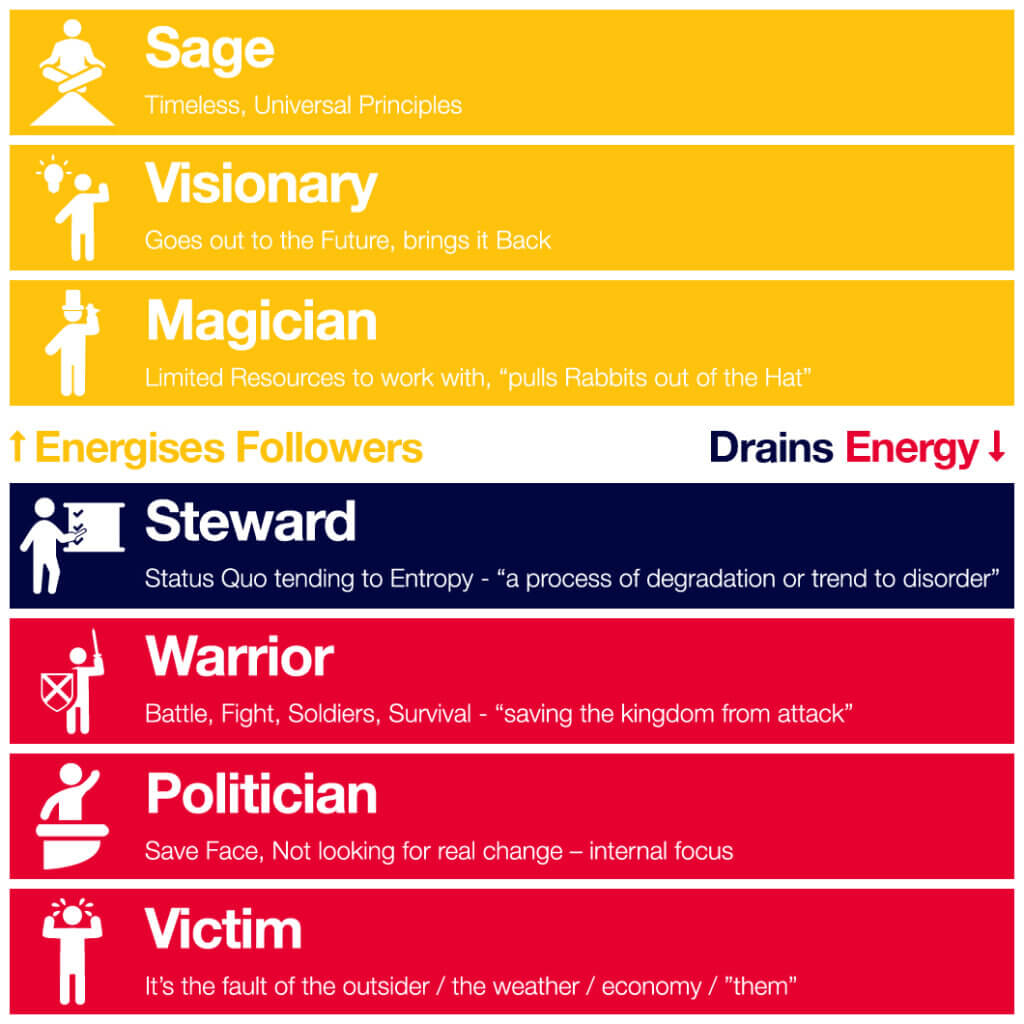
Chip Conley and I have both have in common that we have shifted our roles from being entrepreneurs and CEOs to supporting CEOs as leaders.
I love the way Chip thinks, so today sharing a recent blog post from him, then, on his point around being a Shadow Revealer, encourage you to read my post: “Are you a Sage Warrior? or perhaps a Visionary Magician?“, where I note: “Whilst we each have roles and energetic styles we are naturally best suited for, we can also shift both to meet the needs of those we lead.”
Over to you, Chip:
“CEO Whisperer” or “Shadow Revealer?”
I remember the first time someone called me a “CEO whisperer.” I had no idea what they were talking about. I don’t tend to whisper. On the contrary, my advice to young CEOs can often feel like it’s coming straight from a bullhorn.
But then I read the definition of the horse whisperer as a “horse trainer who adopts a sympathetic view of the motives, needs, and desires of the horse, based on modern equine psychology.”
by Chip Conley
Okay, maybe there was a bit of a whisperer in me. It definitely spoke to a softer touch and aligned with how I believed a modern elder could offer guidance and support to younger, high-potential CEOs. As I wrote in “Wisdom@Work: The Making of a Modern Elder,” it helps to mentor privately and intern publicly, so you don’t embarrass your young CEO mentee.
While sometimes I’ve been more of a “tormentor” than a “mentor,” more often I’ve been considered a “permissionary,” a guide who helps a young leader live up to their potential by giving them permission to “go for it,” while also outlining a path that might lead them to their personal or professional goals.
More recently, I’ve seen my evolution into a new role with some of my mentee CEOs (not including Brian Chesky at Airbnb). They no longer exclusively need guidance and support whispered in their ear. They now need a “shadow revealer,” someone wise and candid enough to divulge to the young CEO the emotional and archetypal patterns that are standing in the way of their success.
Often, these patterns are the extreme flip side of what’s habitually worked for the young leader. And, they rarely hear about their faults from their direct reports or, sometimes, they don’t do a good job of listening.
For example, I know of a few founders who are a bit of a magician and like to be the company hero. Just when the company feels on the edge of survival, he or she comes in and pulls a rabbit out of the hat—saving the day with his or her routine heroics. But this dynamic can be disempowering and stressful for others and often lacks the transparency that can make their employees feel safe (magicians hate showing their tricks). While the founder may have historically been comfortable as the savvy savior, this dynamic can backfire over time. My current role – in a few cases – has been to show the founder that their greatest strength can also be his or her greatest weakness, especially when taken to an extreme.
Young entrepreneurs often don’t know their limits until they’ve surpassed them. Part of our role as mentors is to help them see the downside of their patterns without their teams having to experience the circumstantial trauma that can happen when a leader’s faults get writ large. In that way, we’re more like a “CEO foghorn” who creates a warning system for shallow waters, sharp rocks, and unforeseen danger ahead.
